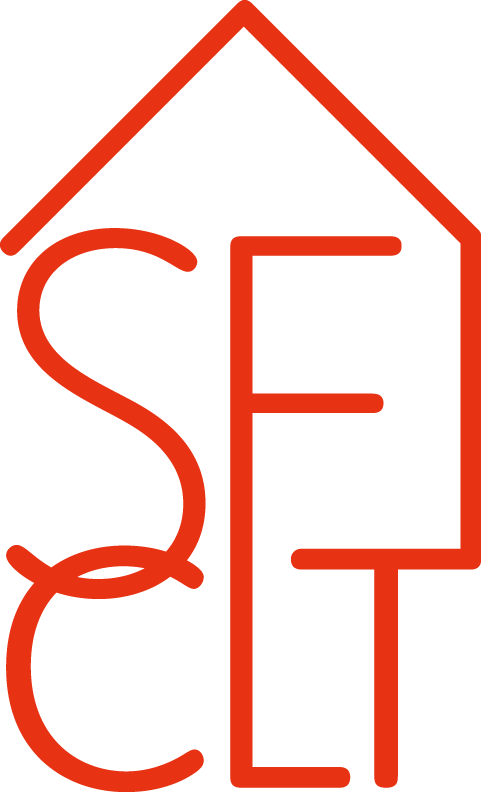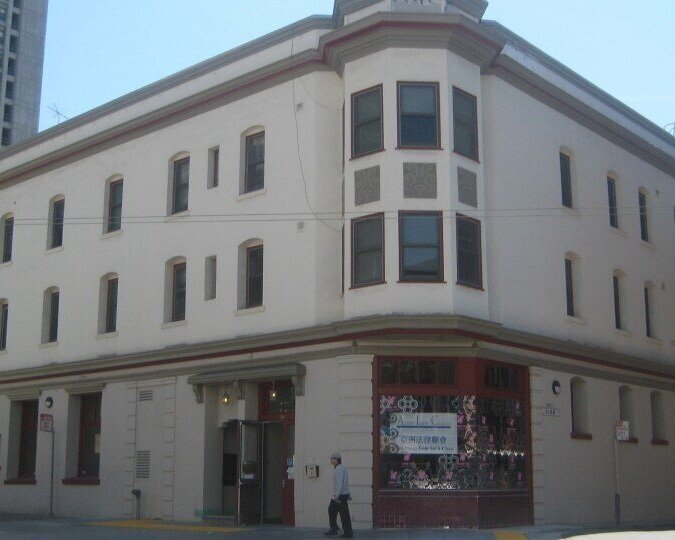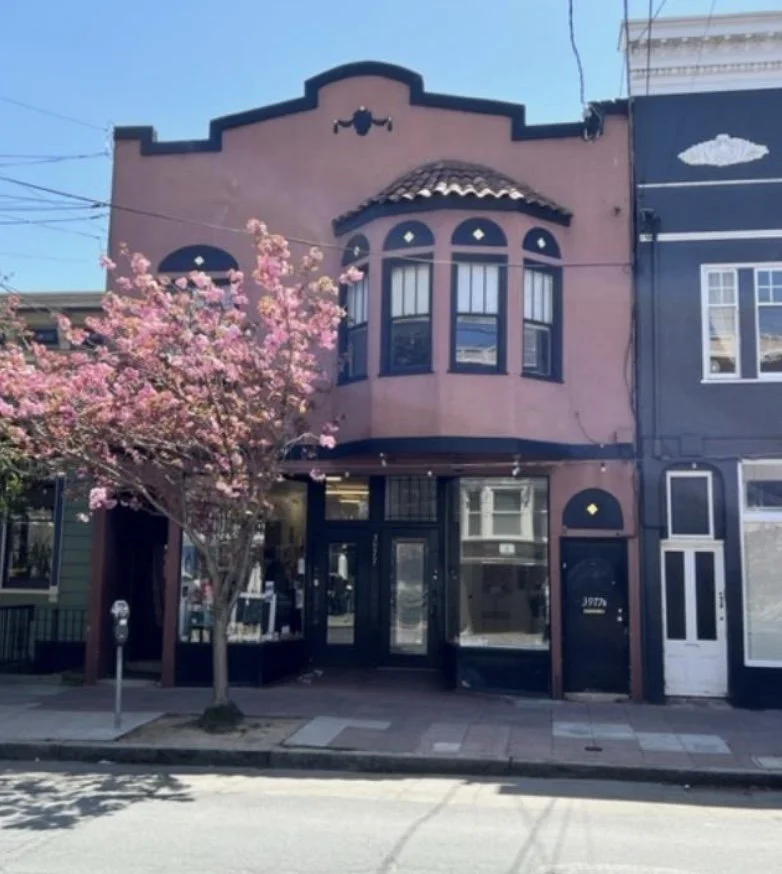
About
How a CLT Works
A Community Land Trust is a membership-based, nonprofit organization whose mission is to create permanently affordable, resident-owned housing for low- and moderate-income people. Resident ownership of multi-family properties through the Community Land Trust model is one means of stabilizing affordable housing, in perpetuity, for low-income and working class residents.
CLTs can preserve San Francisco's diminishing affordable housing stock by acquiring and converting endangered rental buildings into permanently affordable, limited equity housing cooperatives-an alternative form of homeownership-through which the current residents become owners of the building. The Land Trust maintains ownership of the land and separates the building from the land, the units become affordable and can be maintained as affordable forever.
These organizations are community-governed nonprofits, which aim to be governed by a board that consists of 33% coop residents, 33% community organizations, and 33% members-at-large. The model's unique advantage is its ability to target mid-size buildings that other affordable housing developers have traditionally avoided in favor of larger acquisitions.
Anti-Displacement
Cooperative homeownership is a high leverage strategy for stabilizing affordable housing for low-income communities at risk of displacement or eviction. Despite San Francisco's strong tenants rights and rent control, the high cost real estate market has left many small- and mid-size rental buildings vulnerable to evictions when landlords decide they don't want to be landlords anymore. On their own, residents do not have much negotiation power, but when organized and with the support of the Land Trust, they can negotiate the acquisition of the building before it is sold on the open market. Before acquiring any property, SFCLT collaborates with community-based tenant organizations to ensure that a majority of the tenants are organized and desire SFCLT to intervene. The Land Trust secures the financing for acquisition and conversion; then provides the education and technical assistance to residents throughout the process to ensure long-term sustainability of the resident association and the property.
The Land Trust model also enables a longer term economic revitalization and community-building strategy for low-income communities that have experienced disinvestment and physical deterioration. Once a family has secured an affordable, stable housing payment, they are able to focus on paying down debt, building credit, starting a small business, or saving for education or retirement. Land Trust affordable housing units enable their resident-owners to enjoy not only the benefits of an affordable home, with the possibility of gaining indexed equity appreciation that creates a long term "nest egg" and asset base, but also the benefits of a democratic structure for self-management. This creates a stable and capable community-building base that can extend beyond just property ownership to a more complete opportunity for resident empowerment.The process of cooperatively managing a building provides a starting point for engagement in the larger community and civic affairs.
All low- and moderate-income neighborhoods in San Francisco can benefit from the Land Trust model. The Eastern neighborhoods experience high levels of ethnic diversity, low ownership rates (for example, less than 20% of South of Market residents own their housing unit, while the neighborhood is rapidly being built up with 1000s of market-rate and luxury condos), and majority of income levels below 80% of HUD's Area Median Income (AMI). San Francisco's overall homeownership rate (approximately 38%) lags far behind the national average of 68 percent, leaving the majority of low- and moderate-income residents vulnerable to increasing rents, economic insecurity and the ever-present threat of eviction, and unable to participate in the process of family asset development as a means of economic mobility.















